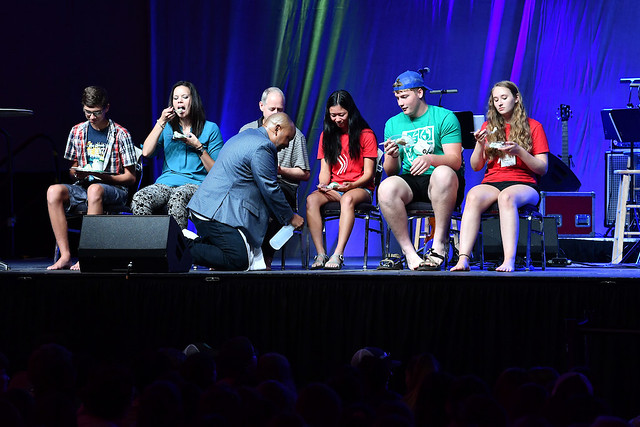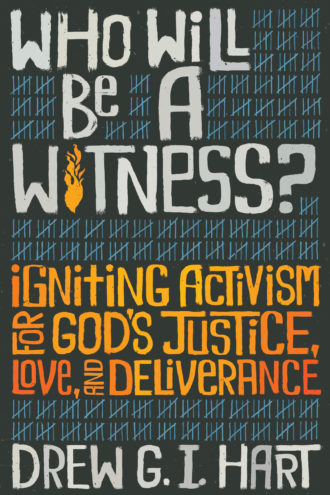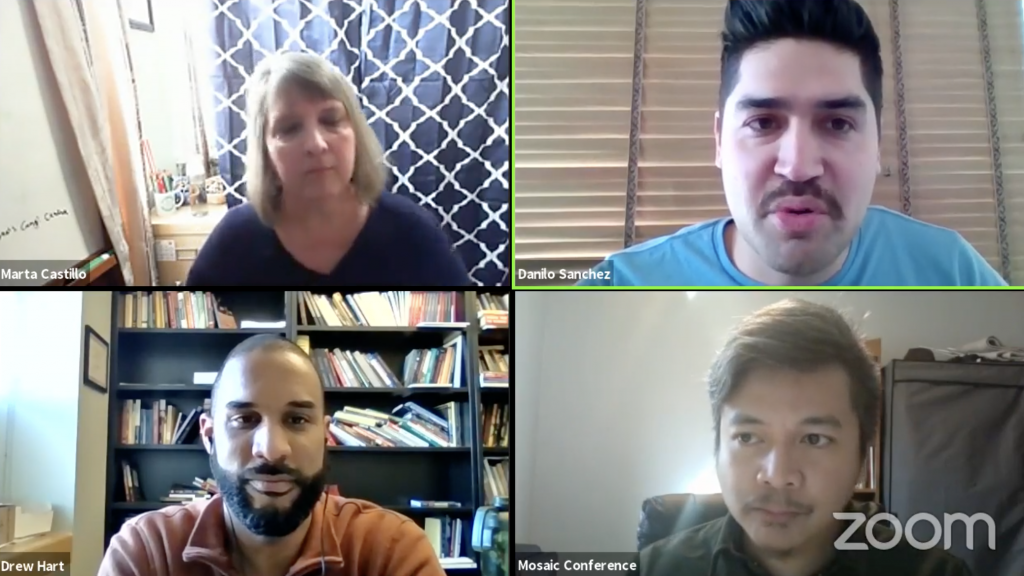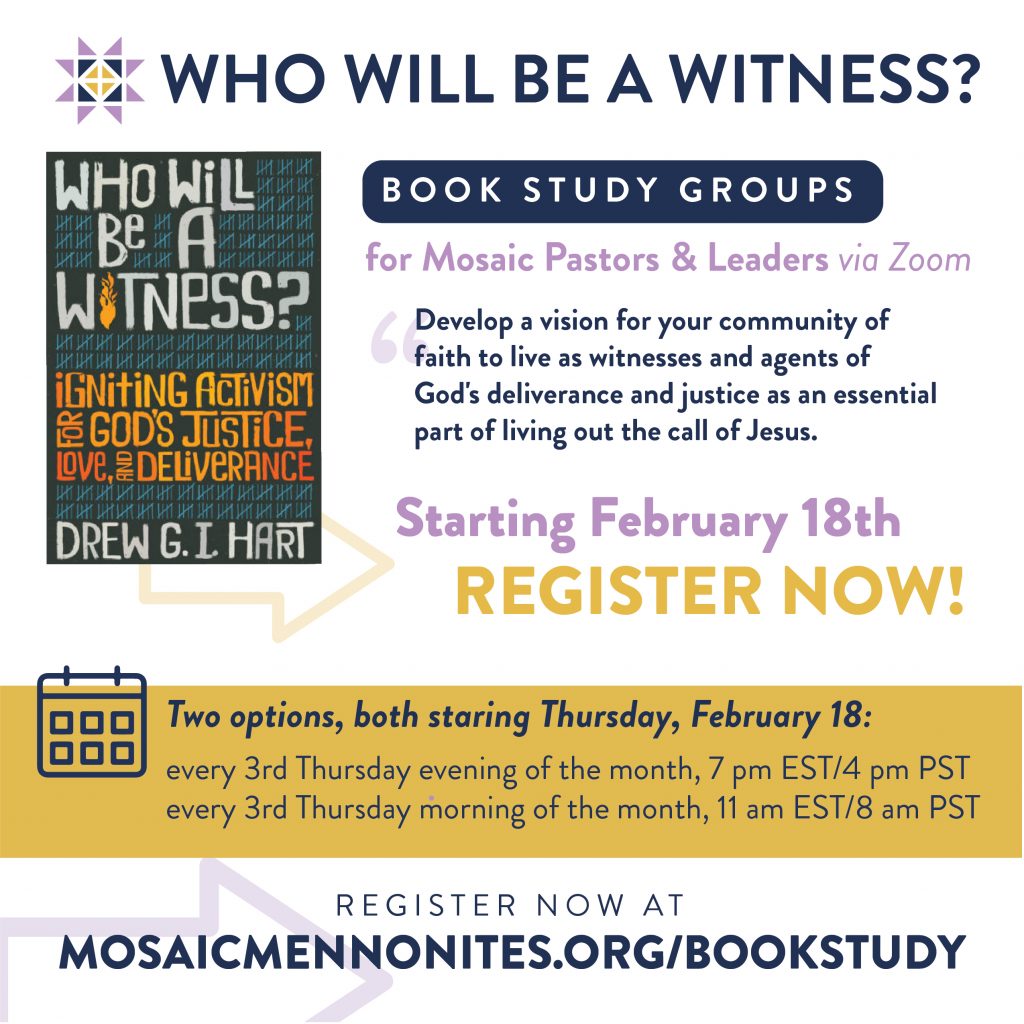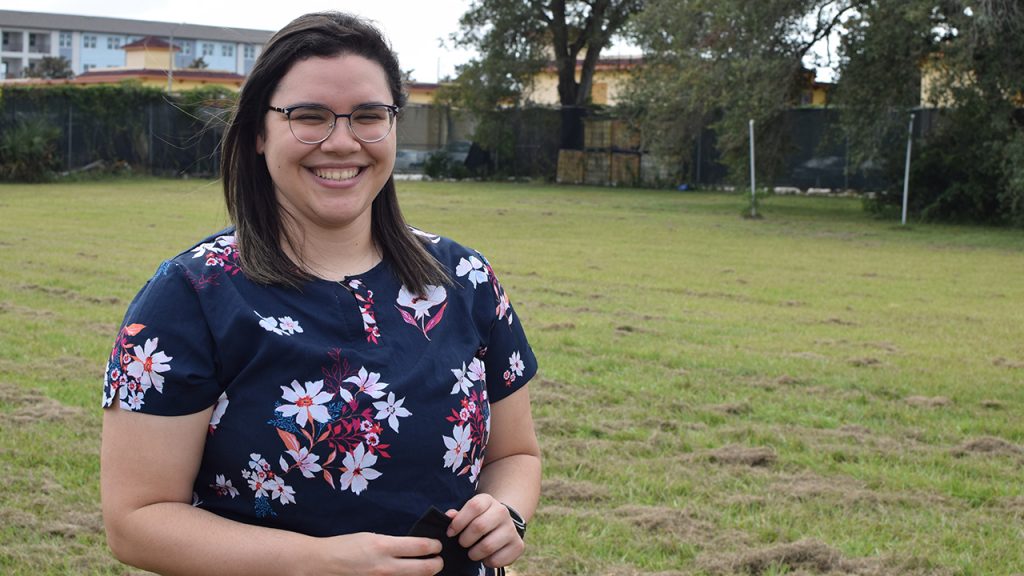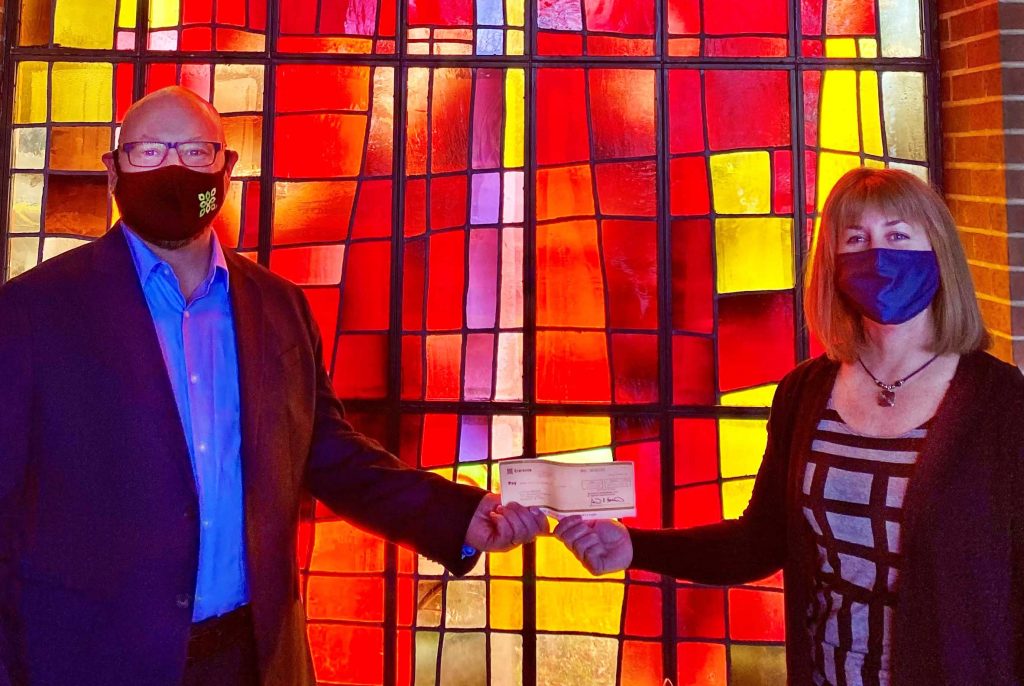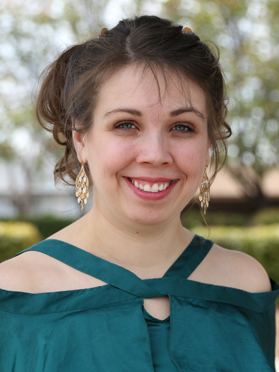I understand God’s call a bit differently than most people. I have always felt the call to a life of service and never remember a time when I questioned that call as a goal for my life. My wife, Sharon, and I often experienced this call together. God’s call was the guiding force in my life’s trajectory, and I view this as simply my journey with God.
My call has involved specific times of focus, but service in the name of Christ has been central to my life’s journey. There were times we experienced God’s call in a sacred way as with our call to serve in Indonesia and other times when the call came through intellectual discussions with wise counselors as with the process of discerning our move to Bangladesh.
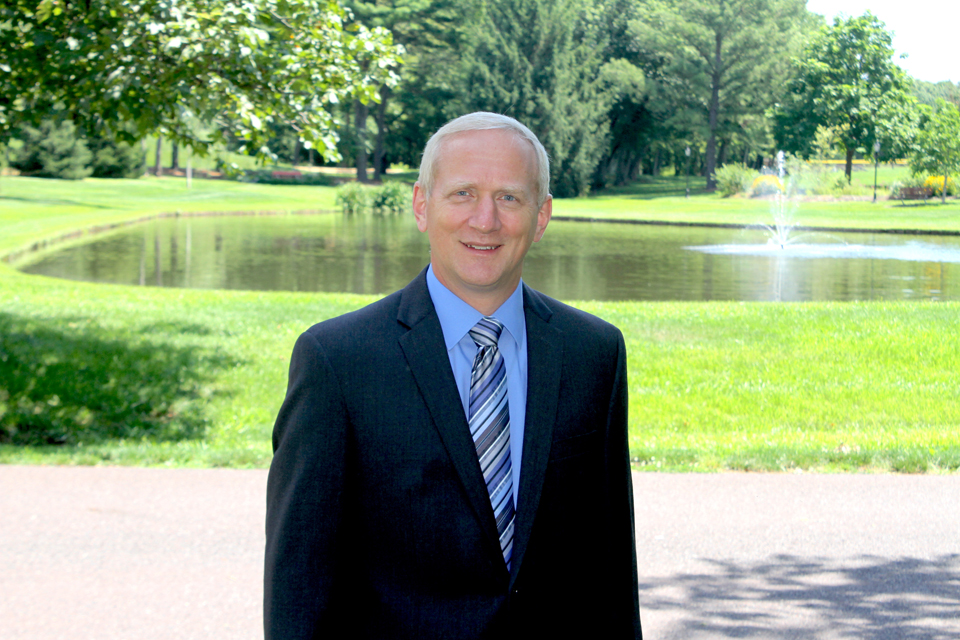
I grew up in a Mennonite family with a father who pastored a mission church with the Conservative Mennonite Conference in Eastern Kentucky. I only understood life in the context of ministry and service to others. Our church building, Turners Creek Mennonite Church, was 50 feet from our house and the church community was all around us. Much of my life happened in the church building.
I recall Dad’s words to me as a teenager as we discussed my life goals, “Conrad, whatever you decide to do in life, it’s good to help other people”. Those simple words made sense to me. Passages such as Matthew 25 and Micah 6:8 affirmed this simple call to serving and making a difference around me.
In 1982, Sharon and I answered the call to serve with the Mennonite Central Committee (MCC) and spent 11 of the next 14 years in Bangladesh and Indonesia. In 1997, my call involved stepping into Mennonite school leadership at Shalom Christian Academy in southeastern Pennsylvania. Today I serve as Superintendent at Dock Mennonite Academy.
A local congregation has always been an essential part of discerning and affirming our call. We have been blessed to connect with congregations in several states and countries that have provided guidance and encouragement. We have been involved at Plains Mennonite Church since 2009. We have traveled to India several times to learn from and to resource pastors and their wives through the Peace Proclamation Ministries International. We continue to support the work of MCC through events like the Pennsylvania Relief Sale. Sharon’s work at the Material Resource Center directly benefits the ministry of MCC.
God’s call for me was always affirmed by a local congregation but was not formalized by ordination until this year. In my school leadership role, I had prepared academically by completing a doctoral degree. We recognized, however, my role in the Mennonite school was equally one of faith leadership. Conversations with school and church leaders encouraged me in the direction of pursuing ordination. The connection of our Mennonite schools and the Mennonite denomination is essential in preserving our mission and vision for our schools. The role of a local church in the lives of our students is critical for encouragement, faithfulness, and accountability.
In October 2020 we celebrated my ordination via a Zoom service. This unique format due to COVID-19 allowed family and friends in many different places to join. It felt symbolic of the community that has surrounded me and affirmed my call throughout this journey. Sharon and I are grateful for the many people who have encouraged and challenged us. We are always aware of God’s presence in our journey.
Our call will continue. We have much more to learn. We want to continue our work of reconciliation. We want to continue to walk humbly with our God!


